A look back at the historical journey of Circle and its connection to China.
Written by: Deep Tide TechFlow
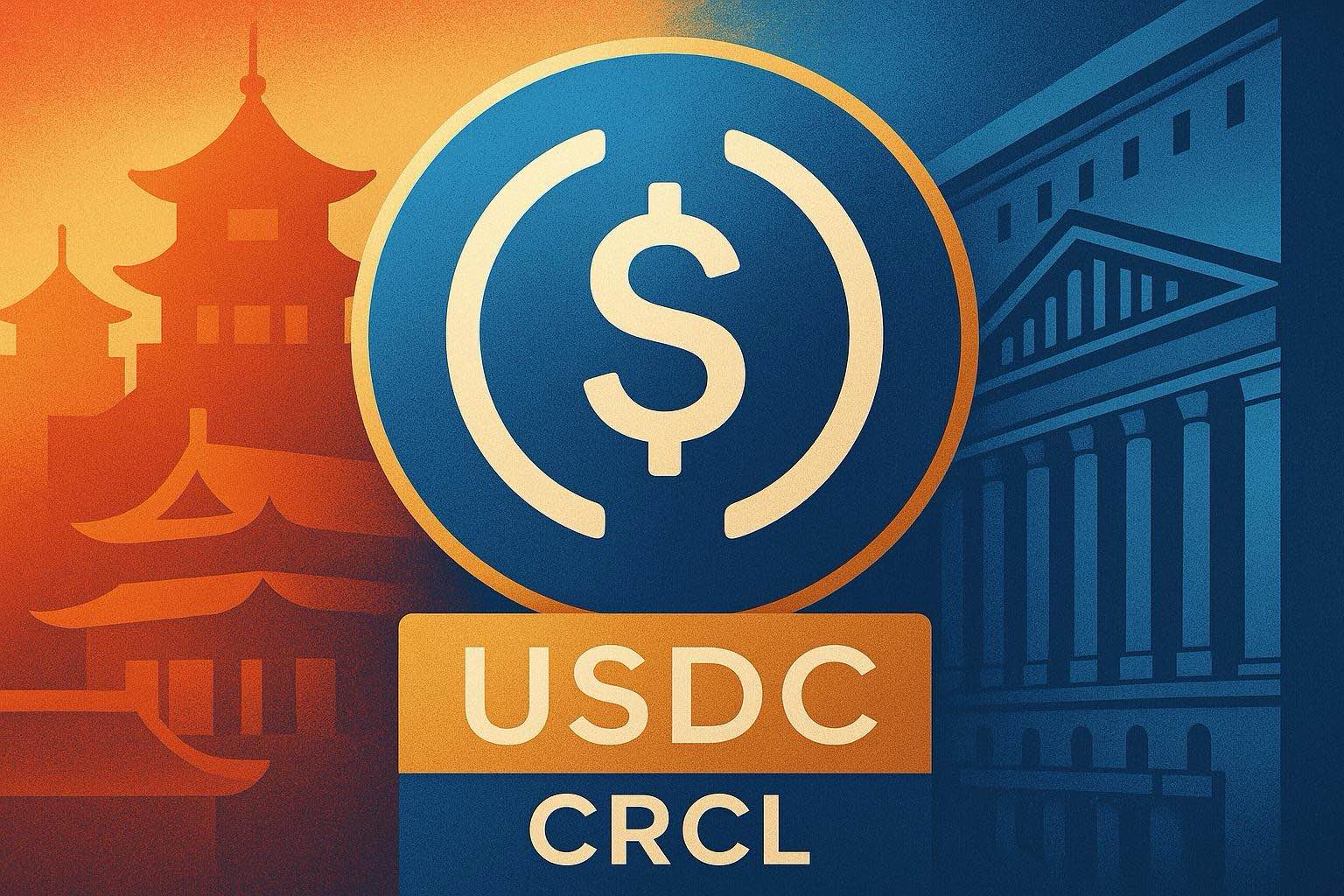
This Thursday, following CoinBase, one of the most significant IPOs in the crypto market is set to take place.
Circle, the issuer of the US dollar stablecoin USDC, will be listed on the New York Stock Exchange, with a projected fundraising of up to $896 million, under the stock code CRCL.
However, on the eve of the listing, a Hong Kong company, China Everbright Holdings, saw its stock price rise continuously, increasing by 44% over five days, revealing a hidden past of Circle in China.
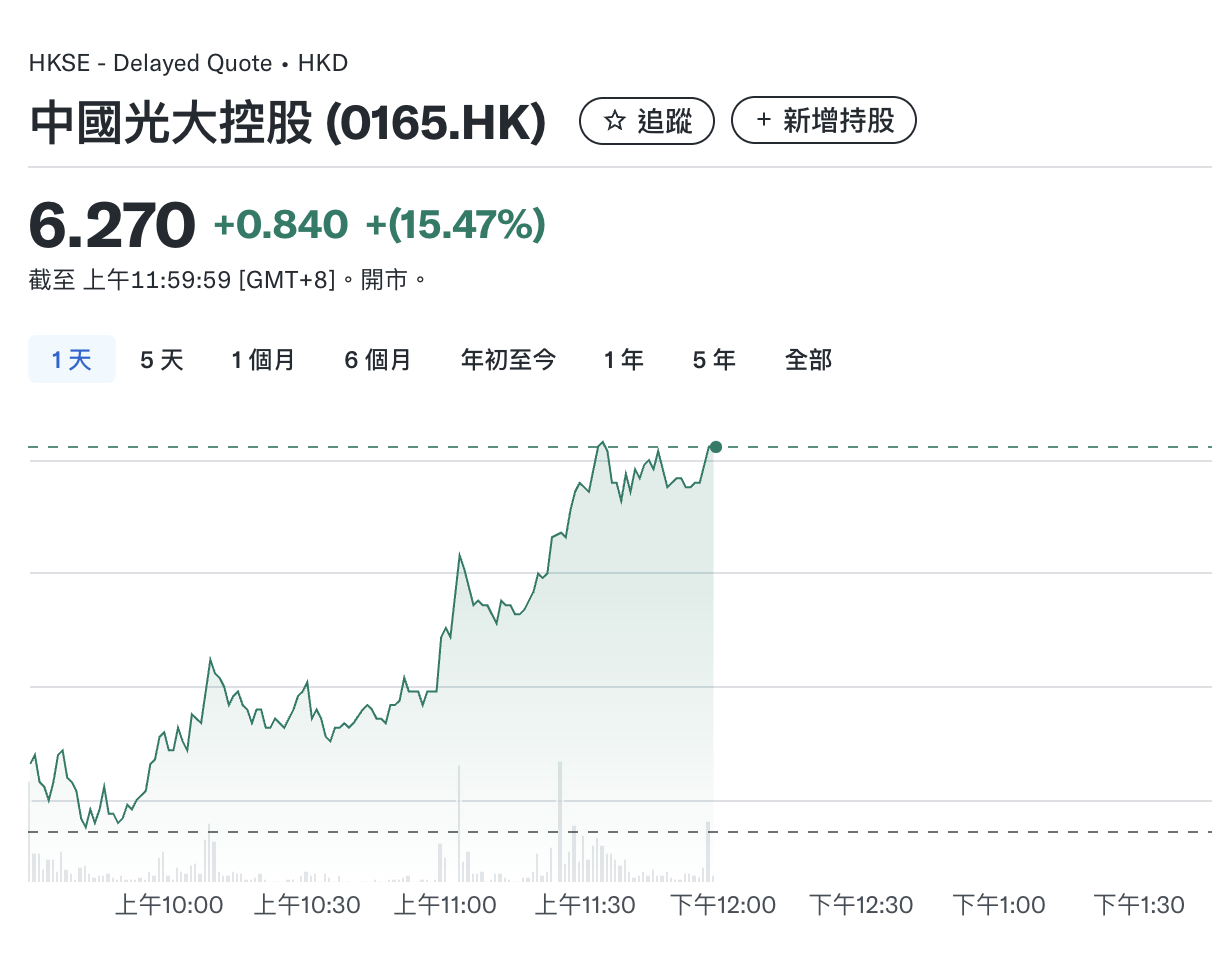
As early as 2016, Everbright Holdings partnered with IDG Capital to invest in Circle, becoming a shareholder.
In fact, in 2018, domestic media reported that Circle might be injected into a certain A-share listed company in China, prompting the Shenzhen Stock Exchange to issue an inquiry letter, leading the listed company to publicly refute the rumors.
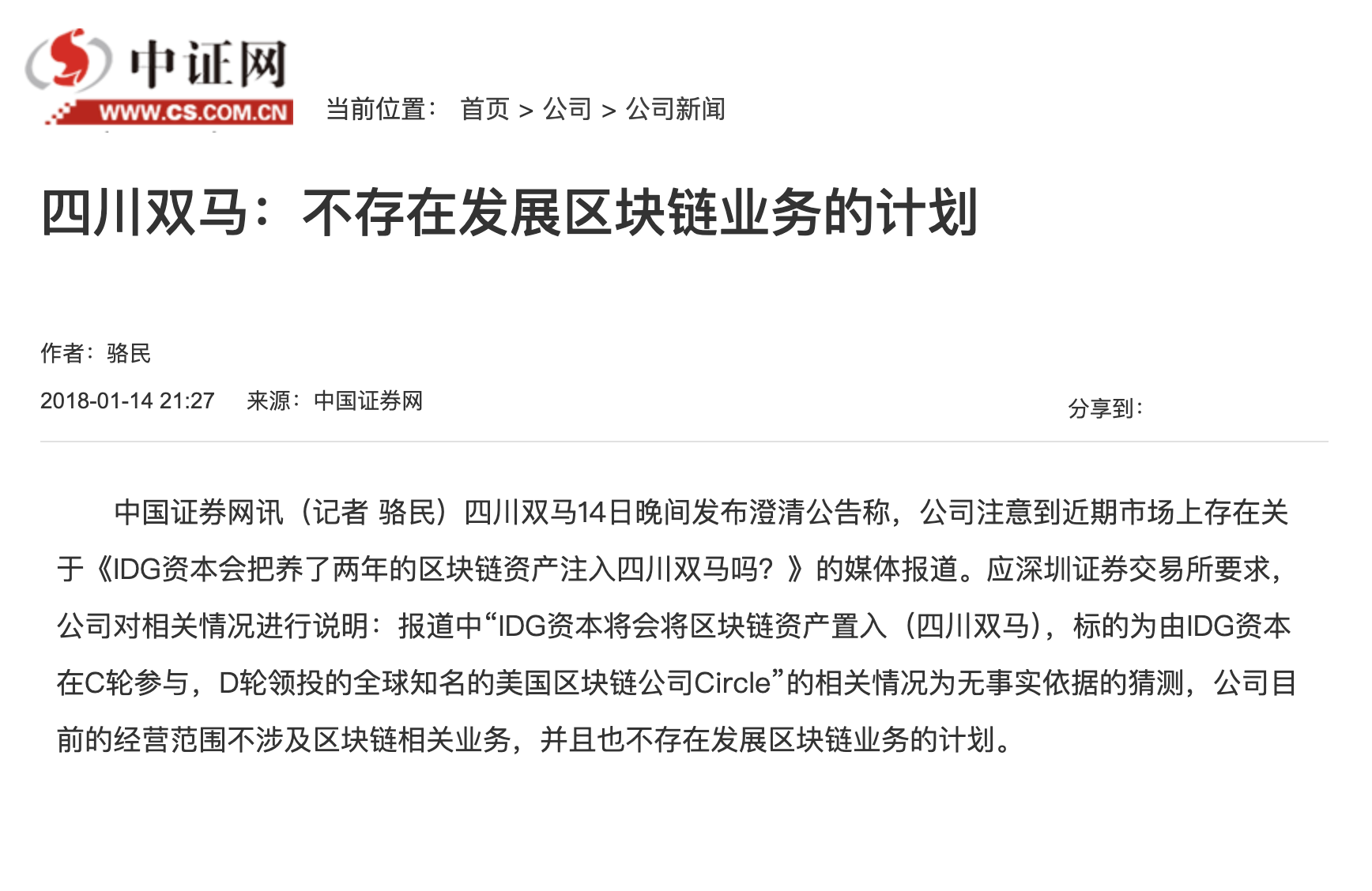
Circle's frequent connections with Chinese companies are a testament to its historical development, from crypto wallets to exchanges to stablecoins, Circle's early years were filled with hardships and twists.
This article takes you through Circle's historical journey and its ties to China.
The Initial Dream: An American Alipay
In 2013, Jeremy Allaire and Adobe's Chief Scientist Sean Neville co-founded Circle, headquartered in Boston, marking Allaire's third formal startup.
Prior to this, he had founded two publicly listed companies, the software company Allaire and the online video platform Brightcove, accumulating a wealth of connections.
At its inception, Circle secured $9 million in Series A funding, setting a record for the highest funding amount ever for a cryptocurrency company at that time.
Investors included Jim Breyer, Accel Partners, and General Catalyst, all of whom were investors in Allaire's previous company, Brightcove. Rather than investing in Circle as a company, they were essentially investing in Jeremy Allaire as an individual.
Circle initially did not venture into stablecoins but aimed to create an "American version of Alipay."
The initial product form of Circle was a digital currency wallet, primarily providing storage for cryptocurrencies (Bitcoin) and fiat currency exchange services, utilizing Bitcoin for rapid fund transfers.
For instance, international transfers using SWIFT require 3-5 business days for confirmation, but with Circle, transfers can be made quickly through the "cash—Bitcoin—cash" pathway, where Bitcoin serves as the intermediary.
At this time, Allaire was a staunch believer in Bitcoin, believing that achieving a cross-border payment system was merely a matter of time. He wanted users to transfer payments as easily as sending emails or text messages, without many obstacles.
Subsequently, Circle soared.
In August 2015, Circle secured $50 million in funding led by Goldman Sachs and IDG Capital.
Why did IDG Capital choose to lead the investment in Circle?
This may be closely related to Circle's early investor Jim Breyer, who is famous for his early investment in Facebook and also serves as an investment partner for IDG in the U.S.
IDG's investment also laid the groundwork for Circle's future connections with China.
In September, Circle received the first digital currency license, BitLicense, issued by the New York Department of Financial Services, allowing Circle to legally provide digital currency services in New York State.
That same year, the mobile payment market in China was heating up, with WeChat rapidly capturing market share from Alipay through WeChat red envelopes. Circle, across the ocean, was not merely observing; it launched social payments by the end of the year.
At the time, this was seen as a bold innovative attempt, but in hindsight, it may have stemmed from unclear positioning, setting the stage for multiple transformations later on.

Connection to China
In 2016, Circle formed connections with numerous Chinese VCs.
In June, under the blazing sun, Circle successfully partnered with various Chinese capital sources, announcing the completion of a $60 million Series D funding round, led again by IDG Capital, with follow-on investments from Baidu, Everbright, Yixin, Wanxiang, and CICC Jiazi.
Among them, IDG Capital led both Circle's Series C and D rounds and joined its board of directors. IDG Capital's founding partner, Xiong Xiaoge, commented on this investment:
"Currently, domestic investments in internet companies are mostly in applications rather than technology. A significant reason is that there are many innovations in business models domestically, while technological innovations are relatively few. The American technologies that IDG Capital invests in, such as Circle's Bitcoin blockchain technology, generally belong to the type that 'the U.S. can do, but China currently cannot, or does not do as well as the U.S.' However, although the technology is invested abroad, IDG Capital's original intention is still to bring cutting-edge technology to China one day and achieve substantial development on the ground; this is our 'Chinese perspective' when investing in an American company."
Not only did Circle attract a multitude of Chinese capital, but it also harbored a "dream of entering China."
In early 2016, Circle established an independently operated Circle China company—Shike China, with its main entity being Tianjin Shike Technology Co., Ltd., meaning "payments that can be used worldwide." The company's CEO was Li Tong, an EIR (Entrepreneur in Residence) at IDG Capital at the time, and Wanxiang Group's Xiao Feng served as a director.
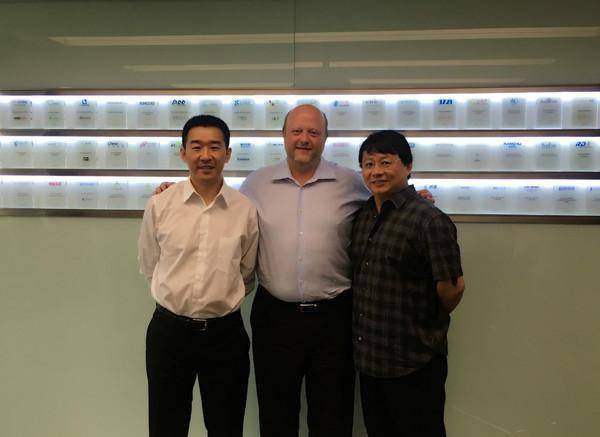
Founder Allaire stated that Circle would operate under China's regulatory framework and would not hastily launch products without government permission.
Additionally, Circle was in constant communication with Chinese regulatory bodies, banks, and other institutions, sharing information. However, due to China's high emphasis on financial security, conducting payment business domestically requires a third-party payment license, which led to Circle's operations in China being stagnant for a long time, existing only in name.
According to information from Qichacha, on August 15, 2020, Tianjin Shike Technology Co., Ltd. applied for simple cancellation and was officially deregistered on September 7, exiting China.
Circle's entry into China ultimately became a pipe dream.
Difficult Transformation
In 2016, as the Bitcoin fork and scaling debate intensified, Allaire gradually became dissatisfied with Bitcoin's stagnation, stating in a previous interview, "Three years have passed, and the development speed of Bitcoin has slowed significantly."
On December 7, Circle announced that it would "abandon its Bitcoin business," retaining Bitcoin and fiat currency transfer services, but users would no longer be able to buy or sell Bitcoin, stating, "Circle will shift its business focus to social payments."
However, in reality, Circle's overall development strategy shifted from payments to trading, as "Allaire downplayed the role of Bitcoin (payments) in Circle's business and began to focus more on making money," as reported by Coindesk.
In the cryptocurrency field, what business is the most profitable? Exchanges.
In 2017, Circle publicly stated that although it had removed the direct buy/sell Bitcoin feature from its app, it continued to provide market-making services for large exchanges and launched Circle Trade, offering large-scale crypto asset OTC services for institutional clients.
In February 2018, Circle announced the acquisition of the cryptocurrency exchange Poloniex for $400 million, officially entering the cryptocurrency exchange sector. This acquisition was financed by its major shareholder IDG Capital.
In May, Circle continued to announce financing news, revealing it had secured $110 million in funding, led by Bitmain, with IDG Capital, Breyer Capital, and other existing shareholders participating.
Notably, the leading investor Bitmain was also backed by IDG Capital. According to Deep Tide TechFlow, it was IDG Capital that facilitated the partnership, leading to Bitmain's investment. At this point, IDG had become Circle's largest institutional shareholder.
This investment was significant for Circle; on one hand, it was financed at an extraordinarily high post-investment valuation of $3 billion, but less than a year later, its valuation dropped by 75%.
Moreover, in the second half of 2018, the crypto market faced a brutal bear market, putting both Circle and Bitmain to the test of survival. This funding helped Circle navigate through the tough times to some extent.
With the capital injection, Circle began to expand aggressively, attempting to diversify its offerings.
In July 2018, Circle launched the US dollar-pegged stablecoin USDC, which, in hindsight, was undoubtedly a historic moment, marking the most important decision for Circle.
In addition to its core exchange and stablecoin business, Circle's layout began to extend outward.
In October 2018, Circle acquired the equity crowdfunding platform SeedInvest and established Circle Research to provide news and reports on the cryptocurrency industry.
Thus, driven by capital, Circle became a comprehensive cryptocurrency group centered around exchanges, with diversified developments in stablecoins and OTC services: Poloniex provided trading services; Circle Pay facilitated transfers; SeedInvest was used for fundraising; Circle Trade offered OTC services; and USDC served as the US dollar stablecoin.
Everything seemed promising, but little did they know, a harsh winter was approaching, and such diversification posed significant risks.
2019 was the darkest year in Circle's history.
In February, Cointelegraph Japan first reported that Circle's valuation on the SharesPost stock trading platform was $705 million. Nine months prior, after receiving a $110 million investment from Bitmain, Circle's valuation had soared to $3 billion, but within a year, it plummeted by 75%.
In May, Coindesk reported that Circle had laid off 30 employees, about 10% of its total workforce, and subsequently lost three more executives.
However, what may have troubled Allaire the most was the Waterloo faced by the heavily acquired Poloniex.
On May 13, 2019, Poloniex announced it would delist nine cryptocurrencies from the pages of U.S. users. According to U.S. law, these tokens were close to the concept of securities but had not been registered with the SEC, posing a risk of non-compliance. In October, six more cryptocurrencies were delisted, resulting in significant profit losses.
In response, Allaire publicly expressed his dissatisfaction with U.S. regulators multiple times but felt helpless, ultimately deciding to relocate Poloniex's business to Bermuda, where the regulatory environment was more lenient. On July 23, Circle announced that Poloniex would obtain a digital asset business license in Bermuda.
Yet, this still could not prevent Poloniex from continuously losing market share, dropping from nearly 60% market share in compliant exchanges in 2017 to just 1% by September 2019.
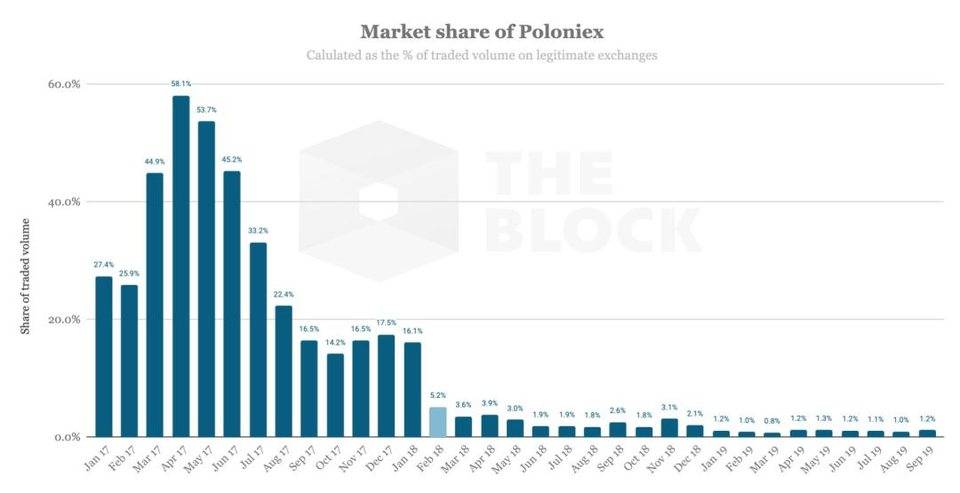
With a plummeting valuation, core business setbacks, and talent loss… Circle once again found itself at a crossroads of fate.
In this critical moment of survival, Circle chose to sever its core business to survive, gradually divesting from its core operations in the second half of 2019 and focusing on the stablecoin USDC.
In June 2019, Circle announced that starting July 8, it would gradually discontinue support for user payments and fees through Circle Pay, ultimately ceasing all support for Circle Pay by September 30.
On September 25, Circle announced the suspension of the Circle Research project.
In October, to the shock of many, Circle sold its exchange business Poloniex to "Polo Digital Assets," operated by an Asian investment company, with the actual controller being Tron founder Justin Sun.
According to later disclosed SPAC documents, Circle lost over $156 million in the process of acquiring and subsequently selling Poloniex.
On December 17, Circle sold its OTC trading desk Circle Trade to the exchange Kraken.
By 2020, Circle's crypto investment trading app Circle Invest was sold to Voyager Digital in an equity deal.
Thus, after a series of downsizing efforts, Circle transformed from a diversified cryptocurrency group into a stablecoin issuer focused on the US dollar stablecoin USDC.
Dollar Ambassador
Circle's business model for issuing stablecoins is simple yet highly profitable: the company issues USDC stablecoins pegged 1:1 to the US dollar, primarily investing user deposits in short-term U.S. Treasury bonds, thereby earning nearly risk-free returns.
Currently, the issuance of USDC exceeds $61 billion, corresponding to over $61 billion in reserves, invested in U.S. Treasury bonds (85% managed by BlackRock's Circle Reserve Fund) and cash (10-20% held in globally systemically important banks).
According to financial statements, in 2024, Circle generated approximately $1.6 billion in interest income from investments in U.S. Treasury bonds, accounting for 99% of Circle's total revenue.
However, its net profit fell from $268 million to $156 million, with one hidden risk point being the profit drain from its partner Coinbase.
In 2018, Circle and Coinbase co-founded the Centre consortium to launch USDC.
In 2023, the Centre consortium was dissolved, with Coinbase acquiring equity in Circle, while Circle gained full control of the USDC ecosystem. However, Coinbase retained the right to dividends from a portion of the revenue.
The total supply of USDC can be divided into three parts: USDC held by Coinbase, USDC held by Circle, and USDC held by other platforms.
- Coinbase: Includes USDC held by Coinbase Prime and the exchange.
- Circle: Includes USDC held by Circle Mint.
- Other platforms: USDC held by decentralized platforms such as Uniswap, Morpho, Phantom, etc.
According to Circle's S-1 filing, there is the following revenue-sharing agreement between Circle and Coinbase:
USDC on the Coinbase platform: Coinbase receives 100% of the reserve income.
USDC on the Circle platform: Coinbase receives 100% of the reserve income.
USDC on non-Coinbase platforms: Coinbase and Circle each receive 50% of the reserve income.
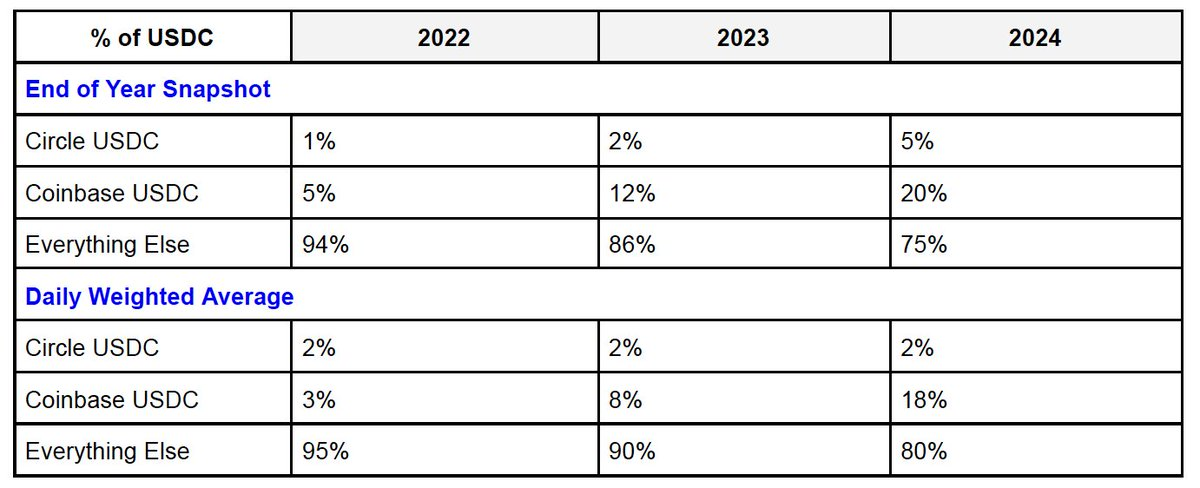
Coinbase's share of the total supply of USDC is rapidly increasing, reaching about 23% in the first quarter of 2025, and USDC has become Coinbase's second-largest source of revenue, accounting for about 15% of its revenue in the first quarter of 2025, surpassing staking income.
With the dominance of stablecoin leader USDT being difficult to shake in the short term, along with the adverse effects of the Federal Reserve's interest rate cut expectations, and the internal profit drain from Coinbase, Circle finds it hard to feel secure. However, its IPO comes at a "timely" moment.
The U.S. stablecoin bill (the "GENIUS Act") was passed in the Senate on May 21 and is currently under review in the House of Representatives. Once formally passed, it will bring significant strategic benefits to Circle.
The core content of the "GENIUS Act" aligns perfectly with Circle's advantages:
First, it requires that for every stablecoin issued, there must be an equivalent amount of cash or U.S. Treasury bonds backing it;
Second, stablecoin issuers must register with the U.S. federal government and publicly disclose reserve status monthly to ensure fund safety, while also complying with anti-money laundering and anti-crime regulations;
Third, if the issuing company goes bankrupt, stablecoin holders have priority for redemption.
Once the bill is passed, it will grant compliant priority companies like Circle legal status certification, thereby enhancing institutional investors' and ordinary users' trust in USDC.
In the past, traditional financial institutions' concerns about regulatory uncertainty have been a major barrier to adopting stablecoins, and the "GENIUS Act" will eliminate this barrier, opening new opportunities for Circle to collaborate with banks, payment service providers, and large enterprises, expanding the application scenarios and market share of USDC.
Looking ahead, Circle will also shoulder its strategic responsibility: to become an important executor of the U.S. dollar globalization strategy while providing strong support for the U.S. Treasury bond market.
This is also the core narrative following its IPO, acting as a global ambassador for the U.S. dollar.
免责声明:本文章仅代表作者个人观点,不代表本平台的立场和观点。本文章仅供信息分享,不构成对任何人的任何投资建议。用户与作者之间的任何争议,与本平台无关。如网页中刊载的文章或图片涉及侵权,请提供相关的权利证明和身份证明发送邮件到support@aicoin.com,本平台相关工作人员将会进行核查。




